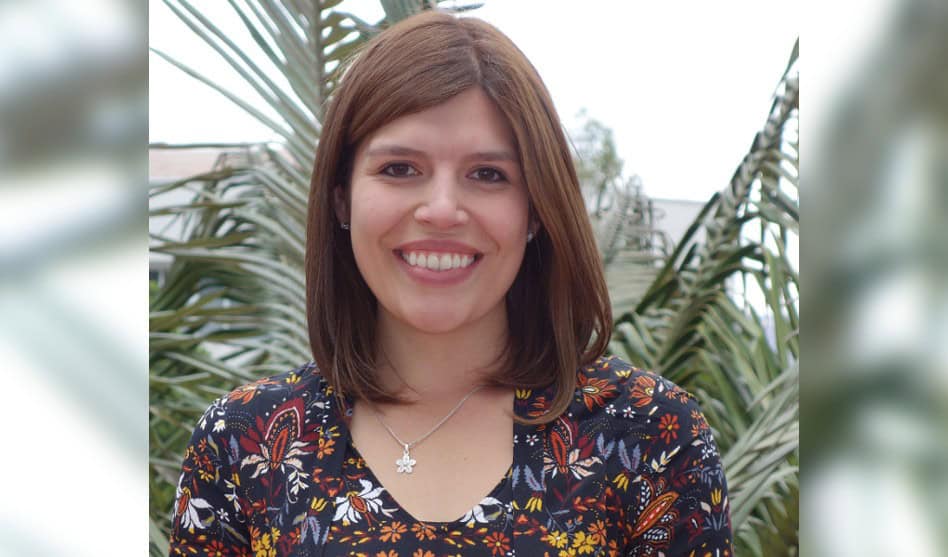HALO PhD candidate Silvia Gonzalez is one of the authors on a paper, “Active streets for children: The case of the Bogotá Ciclovía,” that was recently published in PLoS One. Citation details and a summary of the paper are below.
Triana CA, Sarmiento OL, Bravo-Balado A, González SA, Bolívar MA, Lemoine P, Meisel JD, Grijalba C, Katzmarzyk PT. Active streets for children: The case of the Bogotá Ciclovía . PLoS One. 2019 May 15;14(5):e0207791.
Abstract
INTRODUCTION: The Ciclovía is a worldwide program in which streets are temporarily closed to motorized transport to create a space for recreation and outdoor play among children and adults. The aim of this study was to assess the associations between physical activity (PA), sedentary time (SED), body mass index and Ciclovía participation among children aged 9 to 13 years. METHODS: All students in the 4th and 5th grades from the selected schools were invited to participate in the study. The study included 923 children. PA and SED were measured using waist-worn accelerometers, and height and weight were measured using standardized procedures. Ciclovía participation was self-reported. The analyses included multilevel linear, generalized mixed and generalized additive models. RESULTS: The mean age of the sample was 10.1±0.7 years, and 49.5% were boys. In the last year, 46% of the children participated in the Ciclovía, and 34% reported participating frequently (at least once per month). No differences were found in the mean minutes of moderate-to-vigorous PA on weekdays between frequent Ciclovía users and sporadic and non-Ciclovía users (72 vs 69; p = 0.09). In contrast, frequent Ciclovía users had higher moderate-to-vigorous PA on Sundays than sporadic and non-Ciclovía users (65.6 vs 59.2; p = 0.01), specifically between the hours of 12:00 and 16:00. In addition, frequent Ciclovía users did not differ from the sporadic and non-Ciclovía users in SED (515.3 vs 521.3; p = 0.19). Frequent Ciclovía users had lower SED on Sundays than the sporadic and non-Ciclovía users (437.7 vs 456.5; p = 0.005). Additionally, frequent Ciclovía users were more likely to be overweight (28.3% vs 20.4% p = 0.01). We did not find differences in participation by sex, and low-to-middle income children were more likely to participate. CONCLUSIONS: The Ciclovías offer an innovative, inclusive recreational space and consequently provide opportunities to increase moderate-to-vigorous PA and reduce SED among children.
Click here to read the paper for free.




